Creating a pollinator-friendly space can transform your yard into a thriving ecosystem, benefiting both nature and your surroundings. With the growing interest in sustainable gardening, DIY pollinator gardens have become a popular way to support local wildlife while enhancing your outdoor spaces. Whether you’re a seasoned gardener or new to the hobby, building a pollinator garden offers numerous benefits, from attracting bees and butterflies to promoting biodiversity. In this guide, we’ll explore everything you need to know to create a pollinator garden, including tips on layout, planting, and maintenance. By understanding the best practices and selecting the right plants, you can design a garden that not only attracts pollinators but also adds beauty and value to your property. Let’s dive into the details and discover how you can successfully establish a pollinator-friendly environment right in your own backyard.
Key Takeaways
- Incorporate organic matter: Enhance soil health by adding compost or aged manure for better nutrient availability and structure.
- Choose loamy soil: Opt for loamy soil for balanced drainage and moisture retention, ideal for pollinator support.
- Test and adjust pH: Maintain optimal plant growth by testing soil pH (6.0–7.0) and adjusting with lime or sulfur as needed.
- Use slow-release fertilizers: Provide steady nutrition with balanced N-P-K fertilizers to avoid plant stress.
- Add clay for water retention: Improve hydration in arid regions by incorporating clay into the soil.
- Mulch benefits: Boost soil health, reduce weeds, and protect plants by applying organic mulch like composted bark or straw.
- Select organic mulch types: Choose between organic (e.g., composted materials) or inorganic (e.g., rubber) options based on your needs.
- Apply mulch correctly: Time application for late spring/early fall and aim for 2-3 inches thickness to avoid suffocation.
- Be cautious with mulch amounts: Avoid over-mulching to prevent harmful microclimates and monitor moisture levels.
- Add organic amendments yearly: Maintain soil health by adding organic matter annually to sustain pollinator support.
- Adjust soil based on plant needs: Tailor soil composition for specific plants, considering pH preferences like roses (6.0–7.0) and tomatoes (6.5–7.0).
- Use appropriate soil for containers vs. beds: Select sandy loam for containers and loamy soil enriched with compost for garden beds.
How to Create a Pollinator-Friendly Garden
A pollinator-friendly garden is essential for supporting local wildlife and ensuring biodiversity. By providing food, shelter, and water, your garden can become a haven for pollinators like bees, butterflies, birds, and beetles.
Key Steps to Get Started
- Choose Pollinator-Friendly Plants: Select native plants suited to your region, as they require less water and provide nectar and shelter. Examples include milkweed for butterflies, sunflowers for bees, and wildflowers for a variety of pollinators.
- Plan Year-Round Blooms: Design your garden to have flowers blooming throughout the growing season. Mix early, mid, and late-blooming plants to ensure a continuous food source.
- Prepare the Soil: Incorporate organic matter like compost to improve soil health. This ensures your plants grow strong and produce abundant nectar.
- Create Habitat Diversity: Add elements like logs, rocks, or deadwood to provide shelter. Include bird feeders and nesting boxes to support birds and other pollinators.
- Maintain Regularly: Deadhead flowers to encourage re-bloom and remove invasive species that compete with natives. Rotate crops to keep the garden diverse and productive.
- Provide Water Sources: Install a birdbath or a shallow water dish for butterflies and other pollinators. Clean it frequently to keep it inviting.
- Avoid Pesticides: Opt for organic gardening methods to protect pollinators from harmful chemicals. Use natural predators like ladybugs to control pests.
By following these steps, you can transform your garden into a thriving pollinator paradise, contributing to a healthier ecosystem and ensuring the survival of these vital creatures.
The Best Time to Plant Your Pollinator Garden
Your pollinator garden will thrive when planted at the optimal time for your region, considering both climate and plant requirements. Here’s a guide to help you decide:
- Climate and Frost Risk:** Wait until the risk of frost has passed. In colder areas, this may mean planting in late March or early April. Warmer climates might allow planting earlier, depending on soil readiness.
- Plant Type:** Perennials can often be planted earlier due to their hardiness, while annuals may require slightly warmer soil for germination.
- Soil Preparation:** Prepare your soil early to ensure it’s fertile and well-draining. Consider using cold frames or covers to protect plants from frost once they’re in the ground.
- Native Plants:** Native plants are excellent for pollinators and often adapt well to local conditions, making them ideal for early planting in your area.
- Seasonality and Weather:** Some plants thrive in cooler weather, while others prefer warmth. Be mindful of your region’s temperature trends when selecting what to plant.
- Seed Availability:** Check with local nurseries for advice on seed availability and timing, which can affect when you can begin planting effectively.
- Purpose and Space:** Larger gardens might allow for earlier planting, while smaller spaces may benefit from waiting until conditions are perfect.
- Pollinator Activity:** Plant nectar-rich flowers early to attract pollinators active in spring. Stagger planting to ensure a continuous supply of food throughout the growing season.
- Frost Dates:** Research or consult local sources to find the last frost date in your area, which will guide your planting timeline effectively.
By considering these factors, you can choose the ideal time to plant your pollinator garden, ensuring it thrives and supports local pollinators throughout the season. Happy gardening!
Best Plants for a Pollinator Garden
A pollinator garden is a vital habitat for bees, butterflies, birds, and other pollinating creatures. To create an effective pollinator garden, it’s essential to choose plants that provide nectar, pollen, and shelter. Here’s a curated list of the best plants for attracting pollinators:
- Native Flowers: Native flowers are ideal because they are adapted to local conditions and attract specific pollinators. Examples include wildflowers, milkweed, and sunflowers.
- Bee-Friendly Plants: Plants like lavender, verbena, and calendula are specifically chosen for their ability to attract bees. They thrive in various climates and require minimal maintenance.
- Butterfly Favorites: Butterflies love milkweed, butterfly bushes, and coneflowers. These plants provide both food and shelter for butterfly larvae and adults.
- Herbs: Herbs such as basil, chamomile, and mint not only attract pollinators but also add functional and aesthetic value to your garden.
- Numerous Varieties: Consider planting a mix of annuals, perennials, and biennials to ensure a continuous supply of nectar and pollen throughout the growing season.
For maximum impact, combine these plants with complementary varieties and strategic placement of pollinator attractors . Regular maintenance, such as deadheading and watering, will enhance your garden’s appeal and health.
Best Soil for a Pollinator Garden
The foundation of a successful pollinator garden lies in selecting the right soil type. Healthy soil ensures robust plant growth, which in turn supports pollinators like bees, butterflies, birds, and beetles. Here’s what makes the best soil for a pollinator garden:
- Organic Matter:** Incorporate compost or aged manure to enrich the soil with essential nutrients and improve its structure. This promotes healthy root development and provides food for soil organisms.
- Texture:** Aim for a well-balanced soil structure. A loamy soil is ideal—it drains excess water effectively while retaining enough moisture and nutrients for plants. Avoid heavy clay, which can lead to poor drainage and compacted soil.
- pH Level:** Most plants thrive in slightly acidic to neutral soil (pH 6.0–7.0). Test your soil to determine its pH level and adjust with lime or sulfur if needed.
- Fertilization:** Use a slow-release, balanced fertilizer containing nitrogen, phosphorus, and potassium. This provides a steady supply of nutrients without causing excessive growth that can stress plants.
- Water Retention:** Consider adding a small amount of clay to the soil to improve water retention, especially in arid regions. This helps plants stay hydrated during dry spells.
To achieve the best results, conduct a soil test before preparing your garden bed. This will provide valuable insights into your soil’s health and allow you to make necessary adjustments. By focusing on these key factors, you’ll create an environment that supports thriving plants and attracts pollinators year-round.
For more tips on creating a pollinator-friendly garden, explore our Old Seed resources and guides.
Should You Mulch a Pollinator Garden?
Mulching is a valuable practice for enhancing your pollinator garden’s health and productivity. Here’s a breakdown of the benefits and considerations:
- Benefits of Mulching:
- Soil Health: Mulch improves soil structure, retains moisture, and regulates soil temperature, creating an optimal environment for plant growth.
- Reduces Weed Competition: By suppressing unwanted plants, mulch allows your pollinator favorites to thrive without competition.
- Pest Protection: Mulch acts as a natural barrier against pests and helps protect roots from extreme temperatures.
- Supports Pollinators: A healthy soil ecosystem supported by mulch attracts beneficial insects and provides food sources for pollinators.
- Types of Mulch:
- Organic Options: Composted bark, wood chips, or straw are excellent choices as they decompose and enrich the soil over time.
- Inorganic Mulch: Rubber or plastic mulch is durable and long-lasting but doesn’t contribute to soil fertility.
- Application Tips:
- Apply mulch in late spring or early fall when the soil is warm but still moist.
- Use a thickness of 2-3 inches for adequate coverage without suffocating plants.
- Considerations:
- Excessive mulch can create a microclimate that may harm certain plants or lead to fungal issues.
- Monitor soil moisture to prevent waterlogging, especially during rainy seasons.
- Additional Maintenance:
- Add organic matter annually to maintain soil health and continue supporting your pollinator garden.
Best Soil for Flowers and Fruit
The best soil for flowers and fruit depends on several factors, including the type of plant, its preferred pH level, and the presence of nutrients. While sandy loam is often recommended as a general-purpose soil, it may not always be the optimal choice. Here’s a breakdown of considerations:
Key Components of Soil
Soil consists of sand, silt, and clay, each playing distinct roles:- Sand improves drainage, preventing root rot.- Silt aids in water retention.- Clay provides essential nutrients and structure.
Loamy Soil: A Balanced Choice
A loamy soil, which contains all three components in moderation, is often ideal for many plants. Loamy soil retains water and nutrients effectively while allowing for adequate drainage. It supports healthy root development and promotes robust growth.
Amendments for Optimal Growth
To enhance soil quality:- Compost or Manure : These organic amendments enrich the soil with nutrients and improve its structure.- Peat Moss : Can be added to sandy soils to increase water retention.- Mulch : Applying mulch helps retain moisture and suppresses weeds.
Considerations by Plant Type
- Flowers : Most flowers thrive in well-draining, slightly acidic to neutral soil. Roses, for instance, prefer a pH between 6.0 and 7.0.
- Fruits and Vegetables : Many fruits benefit from loamy soil with added compost. Tomatoes, for example, prefer a pH of around 6.5-7.0.
Container vs. Bed Gardening
- Containers : Use sandy loam for better drainage.
- Garden Beds : Opt for loamy soil with compost for richer nutrients and moisture retention.
Testing and Adjustments
Always test your soil’s pH and nutrient levels. Use a soil test kit to determine what adjustments are needed, such as adding lime for acidity or sulfur for alkalinity.
Conclusion
While sandy loam is a excellent starting point, tailor the soil to your specific plants by adding amendments and considering their unique needs. Experimentation and observation will help you find the perfect balance for your garden.
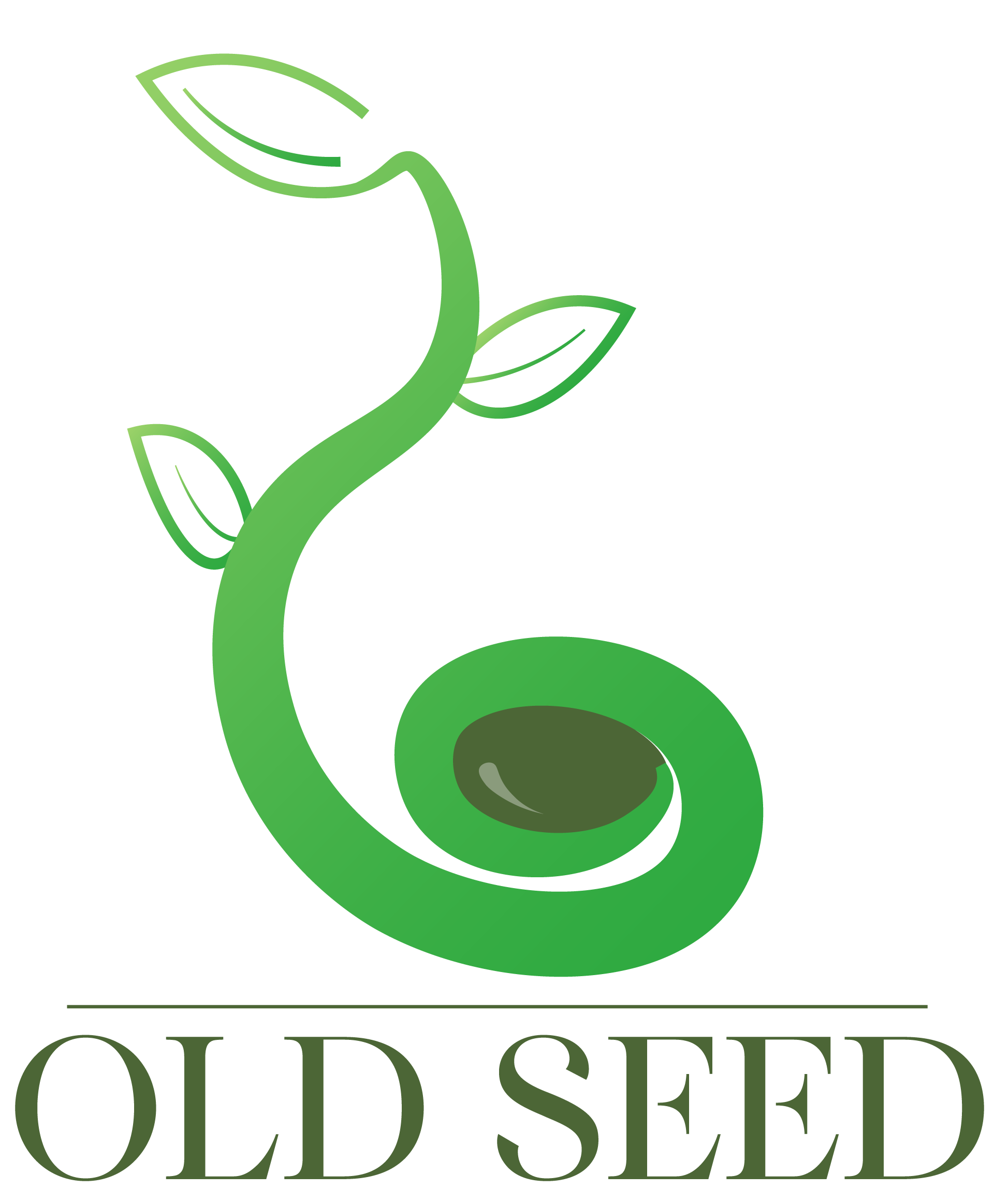
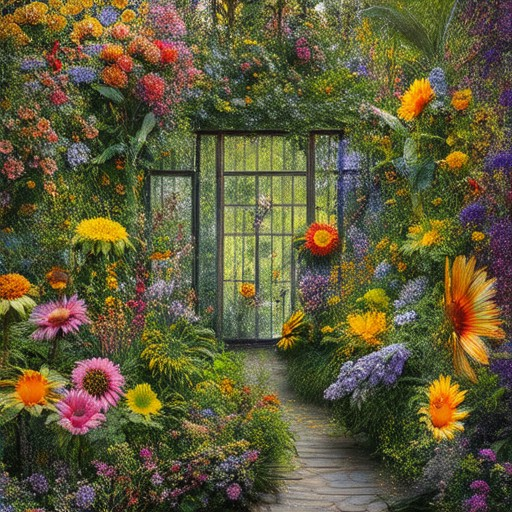
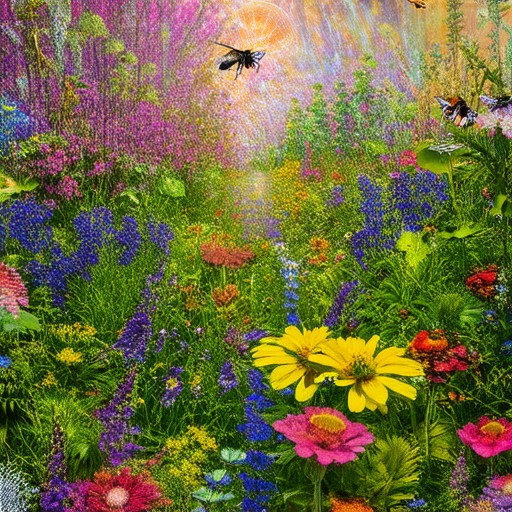



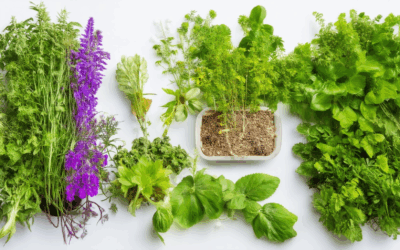
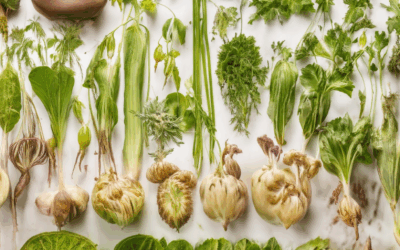
0 Comments